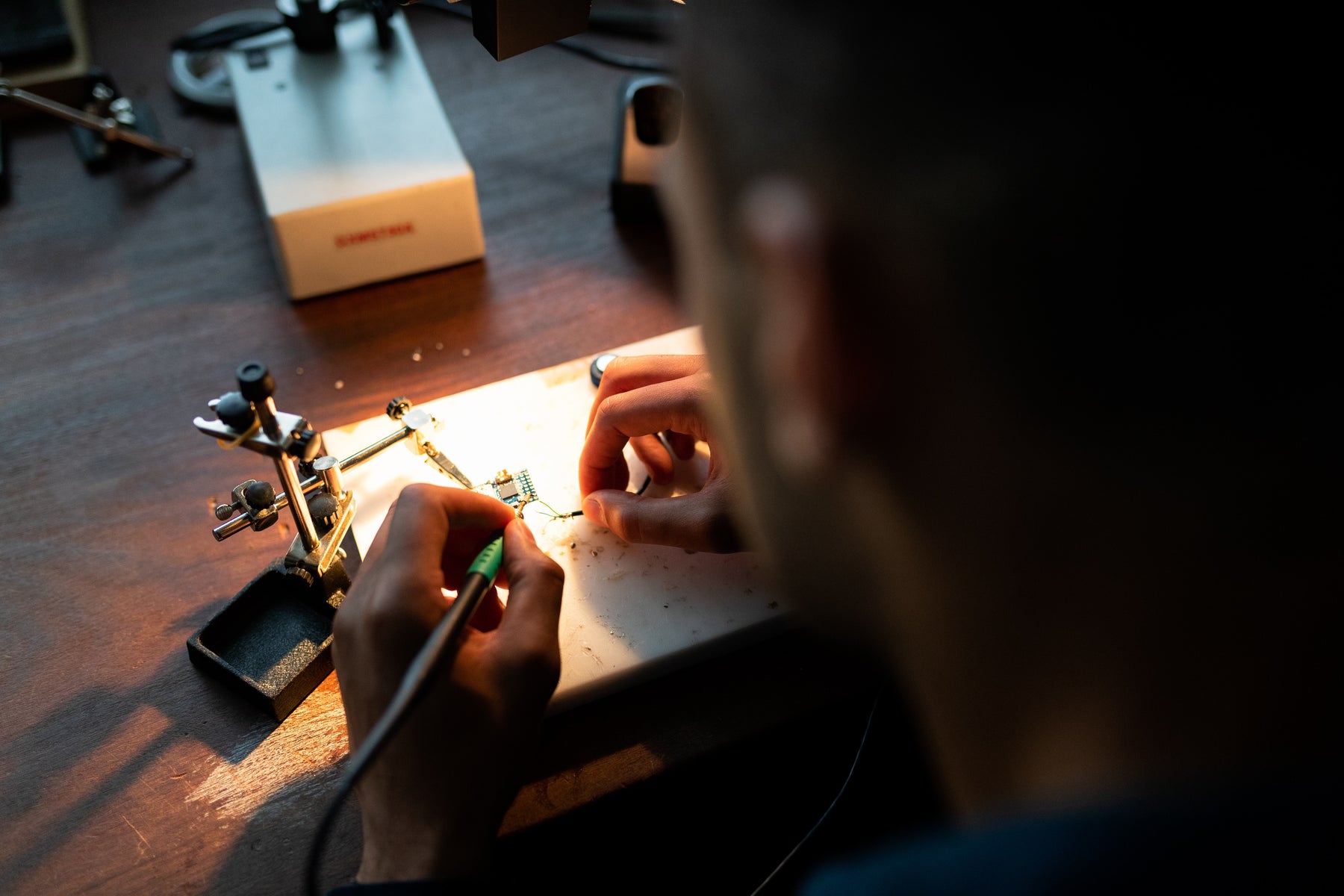
Choosing the Right Solder for Your Project
Soldering is a fundamental skill for anyone who works with electronics, and it requires the right tools and materials to get the job done. One of the most critical components in any soldering project is the solder itself, as it's what creates the bond between the parts you're working on. Choosing the right solder can make all the difference in the quality and durability of your work. In this blog post, we'll explore the factors to consider when selecting solder and offer tips on how to make the right choice.
- Composition
The first factor to consider when choosing solder is its composition. Solder is typically made up of a combination of metals, such as tin, lead, and silver. The most common types of solder are lead-based and lead-free. Lead-based solder has been the standard for decades. Lead-free solder is now the go-to choice for most applications, as it is more environmentally friendly. However, lead-free solder can be more challenging to work with than its lead-based counterpart.
- Diameter
Another important consideration when choosing solder is its diameter. Solder comes in different thicknesses, typically measured in gauge. Thinner solder is more suitable for small components, as it allows for more precise control during soldering. Thicker solder, on the other hand, is better for larger components and can help create a stronger bond. A good rule of thumb is to choose a solder diameter that is roughly equal to the width of the joint you're working on.
- Flux
Flux is a chemical substance that helps clean the surface of the components being soldered and allows the solder to flow more easily. Some solder comes with flux already included, while others require separate flux application. Choosing the right flux is important, as it can impact the quality of the bond and the appearance of the finished work.
- Melting point
The melting point of the solder is another crucial factor to consider. Solder with a lower melting point is easier to work with, as it melts more quickly and requires less heat. However, lower melting point solder may not be suitable for high-temperature applications, as it can melt or deform under heat stress. Higher melting point solder is more durable, but it can be more challenging to work with and requires more heat to melt.
- Brand
Finally, the brand of the solder is another consideration to keep in mind. Different manufacturers may use different materials or formulations, which can impact the quality and performance of the solder.
In conclusion, choosing the right solder is essential for any soldering project. Factors to consider include the composition of the solder, its diameter, the type of flux used, its melting point, and the brand. By taking these factors into account, you can ensure that your soldering work is of the highest quality and durability.
